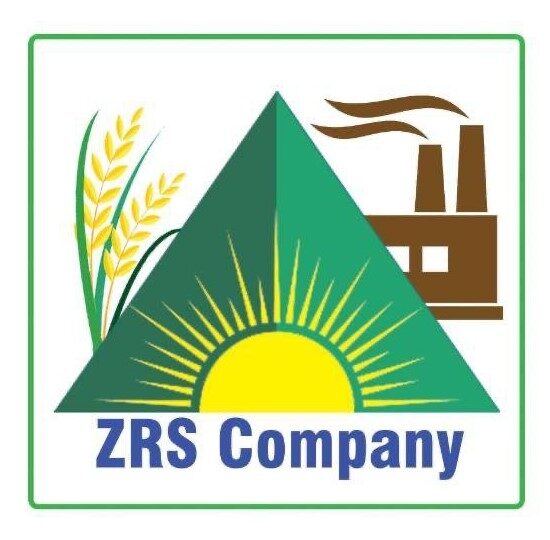Rice husk is an agricultural residue abundantly available in rice producing countries. The annual
rice husk production in India amounts is generally approximately 12 million tons. Rice husk is generally not recommended as cattle feed
since its cellulose and other sugar contents are low. Furfural and rice bran oil are extracted from rice husk. Industries use rice husk as fuel
in boilers and for power generation. Among the different types of biomass used for power generation, rice husk has a high ash content
varying from 18 – 20 %, silica is the major constituent of rice husk ash. With such large silica content in the ash it becomes economical to
extract silica from the ash, which has wide market and also takes care of ash disposal. Silica is used in different industries and products like
rubber industry as a reinforcing agent, in tooth pastes as a cleansing agent, as an anti-caking agent in salts, in cosmetics etc.
Composition of Rice Husk Ash on Dry Basis
- Silica (SiO2)
- Alumina
- Ferric oxide
- Titanium dioxide
- Sodium oxide
- Potash
- Loss on Ignition
- Calcium oxide
Mass Fraction (%)
- 80 – 90
- 1 –2.5
- 0.5
- Nil
- 0.2 – 0.5
- 0.2
- 10 – 20
- 1 – 2
Full Details About the Product
